
Growing plants from seed is not always an easy task. It requires careful planning and proper follow through to germinate and survive long enough to send their nascent roots down into the soil. Though seeds are amazing structures designed to provide everything for a plant to start growing, most of them still need a bit of help to keep them secure from their surroundings.
Seed balls, also referred to as seed bombs by guerilla gardeners, is a marble sized ball made of clay, earth, and seeds. This was unearthed by guerilla gardeners in an attempt to increase urban green space for recreation or replant areas where the natural flora has been destroyed. Some say that seed balls originated in Japan while others state that it was Greece yet the discovery of the seed ball is still a bit of mysterious.
Hiding the seeds in balls of absorbent material like a blend of clay and compost or soil that dries into a hard coating makes them ready when the planting arrives. The hard coating protects the seed inside from hungry birds and animals. Without the hard coating, the seeds are sometimes sown on top of the soil where it may be baked dry by the sun, blown by the wind, or washed away by heavy rains. Thus, resulting in a small volume of seeds that are left to germinate and grow.
Seed balls work as they soak up the moisture from rain and dew, holding it near the seeds so they can germinate and grow into seedlings. As the seedlings grow, the coating slowly breaks down and the roots can reach down into the soil, rooting firmly into the earth where they have a good chance of continuing to grow.
Teaching our kids how to make seed balls is a great learning experience for them since they can easily adapt to the needs of the environment. This is not only a good movement to spread the information on seed balls but an approach in preserving nature for the future generations to come.
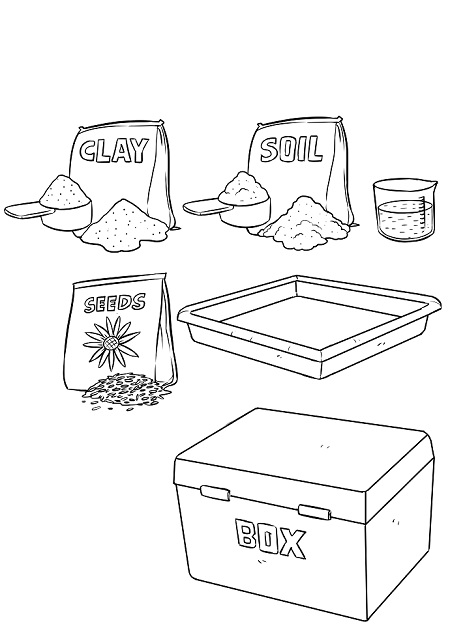
The seed ball recipe
– 2 parts potting soil
– 5 parts pottery clay mix from your local art store
– 1-2 parts water
– 1-2 parts seeds of your choice
– Large tub to mix ingredients
– Large box to dry and store seed balls
How to make a seed ball
There are some complex methods in making seed balls but the basic one is still the best;
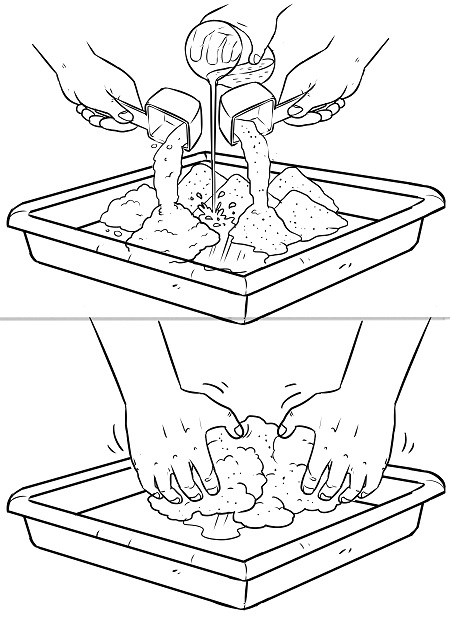
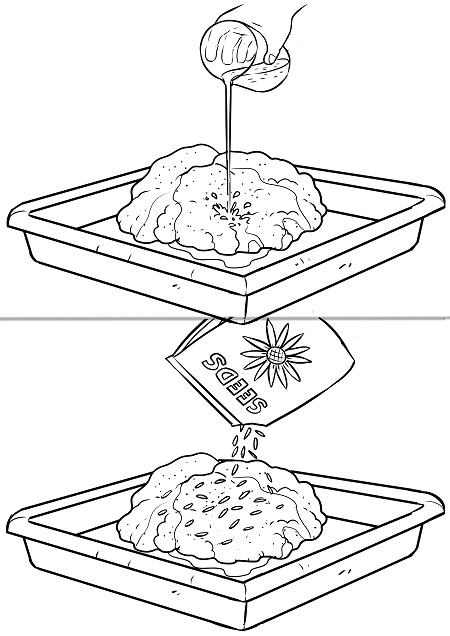
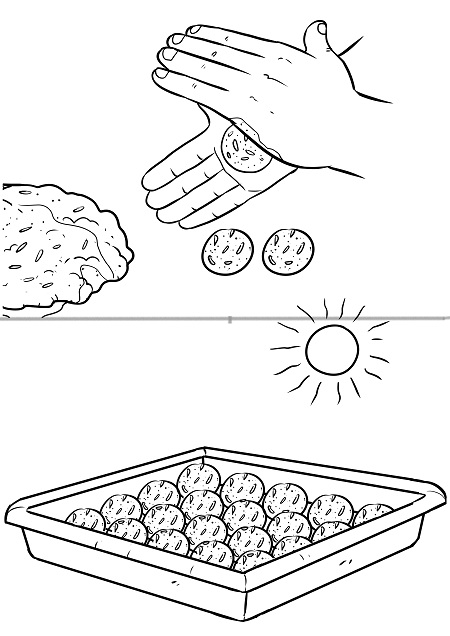
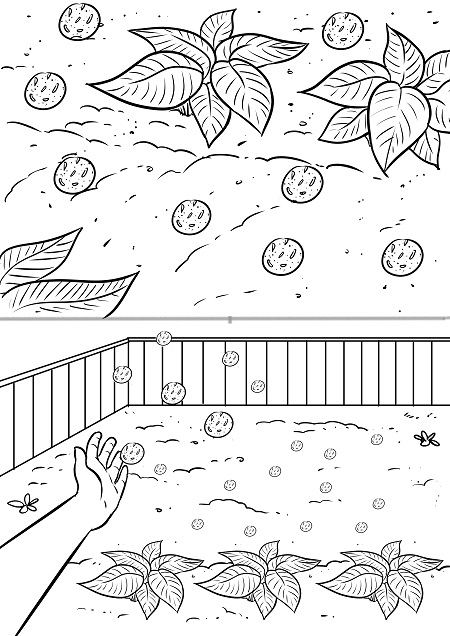
For more, please visit, https://sustainabilitybox.com/
Originally Published, https://sustainabilitybox.com/awesome-ways-to-make-seed-balls-with-kids/
Follow The Sustainability Box on Facebook, https://www.facebook.com/Sustainabilitybox/













Would like to do this on a large scale. Does anyone have experience doing this?